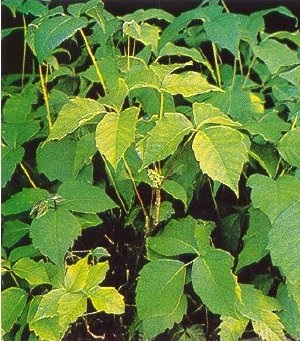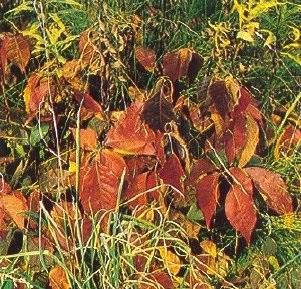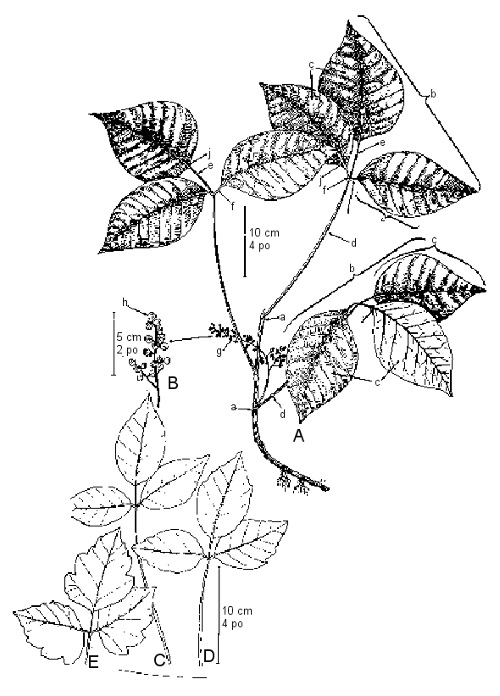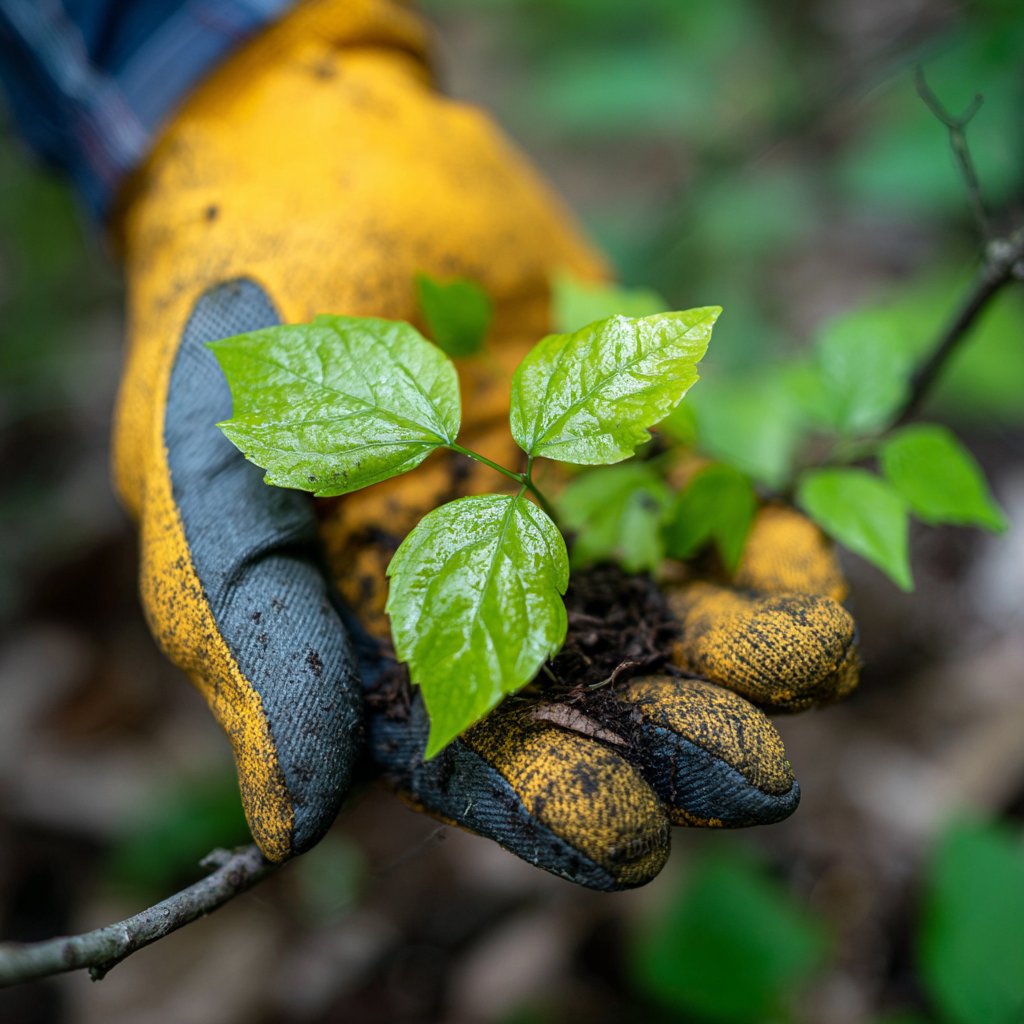~ Community Safety
~ Community Safety
Lasha information about local safety Initiatives.

Tiny Beaches Road Speed Limits
______
In September 2020, FoTTSA made a Road Safety presentation to Council with one of the recommendations being a maximum speed limit of 40 KPH for Tiny Beaches Road. Although previous Council took no action, this Council has approved a new bylaw at its regular meeting on April 26th 2023 doing just that. The designated 40 KPH is shown on the map below.
This was followed by a LASHA deputation to council in June 2023 requesting that areas of TBRN in our community be designated as Community Safety Zones and Automated Speed Enforcement be incorporated. Council is now moving forward with this in 2025.


Community Watch
______
If you see vehicles speeding, or something that does not look right in your neighborhood, contact the OPP at 1-888-310-1122 or visit Crime Stoppers at: www.crimestopperssdm.com. or call 1-800-222-TIPS (8477).
For noise issues/dogs off leash etc. call Bylaw Enforcement Mon-Fri. (705)526-4204
Granicus STR Hotline- (705) 805-2865 Tiny Complaint Website
Friday – Saturday 9am-3am
Sunday – Thursday 9am-11pm

BOATING FINES UNDER CANADIAN REGULATIONS
______
The following table contains a summary of boating offences and applicable fines under current Canadian regulations.
| Offense | Fine |
|---|---|
| Failure to carry a required Proof of Competency * | $250 |
| Speeding in excess of 10 km/h within 30 metres (100 feet) of shore ** | $125 to $500
(or up to 6 months’ imprisonment) |
| Violations of age and horsepower restrictions *** | $250 |
| Operating a personal water craft (PWC) when under 16 years of age | $250 |
| Open liquor onboard | $200 |
|
Operating a vessel in a careless manner without considering other people, boat traffic, or potential hazards, or exceeding boat capacity |
$250 plus surcharges |
| Water-skiing towing offences **** | $125 |
| Improper fuelling procedure | $125 |
| No registration numbers on hull | $125 |
| No sound signalling device | $125 |
| No watertight flashlight or distress flares | $125 |
| No fire extinguisher | $245 |
| No bailer or manual pump | $175 |
| No paddle or no anchor with chain/rope | $125 |
| No buoyant heaving line | $125 |
|
Insufficient number of or improper size of Transport Canada approved life jackets or personal flotation devices (PFDs) |
$200 per missing or improper lifejacket or PFD |
Your Content Goes Here

* Currently, anyone born after April 1, 1983, must carry proof of competency when operating a powered vessel. As of September 15, 2002, anyone operating a powered vessel that is under 4 m (13.3 ft) in length must carry proof of competency. After September 15, 2009, operators of all vessels must carry their proof of competency.
** Within 30 metres of the shoreline, a 10 km/h speed limit is in effect on all waters within Alberta, Saskatchewan, Manitoba, and Ontario as well as on selected lakes and rivers in other provinces, whether or not speed limit signs are posted. There are some exemptions to these restrictions; they include:
- water skiing, where the towboat follows a course perpendicular to the shoreline when leaving or returning;
- where buoys or signs designate that another speed is permitted;
- in rivers less than 100 m wide; and
- in waters where the regulations prescribe another speed limit.
*** Under the Boating Restriction Regulations children less than 12 years old may only operate powerboats with motors under 10 hp (7.5 kW) while unaccompanied by an adult. A person who is between 12 and 16 years old may only operate boats powered by no more than 40 hp (30 kW) while unaccompanied by an adult. These regulations also specify that no-one under 16 years of age may operate a personal watercraft. There are no power restrictions on boaters 16 years of age or older.
**** Towing activities are not allowed in the period from one hour after sunset to sunrise. Under the Small Vessel Regulations, the rules governing water-skiing also apply to other towing activities such as barefoot skiing, tubing, knee boarding, wake boarding, and parasailing. The regulations require that a spotter be on board to monitor the person being towed. The regulations also require the following:
- There must be a seat available for each person being towed – This is required in case recovery is necessary. Thus, only personal watercraft that are designed to carry three or more people can be used for towing water-skiers;
- Towing activities are not allowed from one hour after sunset until sunrise and
- A vessel towing water skiers or others cannot be remotely controlled.

Black Widow spiders in Georgian Bay
______
It is a good idea to be on the alert for venomous Black Widow spiders in Georgian Bay – see the CBC for the full story Spiders
Climate change appears to be allowing this small spider to expand northwards. If you see one, you can help with research on their distribution by sending a picture to https://bugguide.net or https://inaturalist.ca ….but make sure you do not get bitten!
Poison Ivy 101
______
As you are probably aware, poison ivy is the official flower of Tiny and very few areas are spared its presence. As such we thought it a good idea to provide a little poison ivy 101 courtesy the Ministry of Agriculture, Food and Rural Affairs.
Distribution in Ontario
Poison-ivy (Rhus radicans L.) is widespread throughout southern Ontario and reaches north approximately as far as Cochrane and Kenora. It is found most abundantly, however, south of a line from the north shore of Lake Huron through North Bay. This includes the densely populated portions of the province and the popular vacation areas. The plant is often mistakenly called “poison oak”, but the true poison oak occurs only in the southern and Pacific states of the U.S.A. and not in Ontario.
Poison-ivy is extremely variable in both its habit of growth and kinds of habitat. It grows in deep woods or in the open; in dry, sandy areas, crevices of rocks, or swamps; along the borders of woods, fencerows, or roadsides. You are not safe even in your own garden, and you may be surprised to find it growing in your flower beds or shrubbery. Usually it is found in low-growing, rather dense colonies, sometimes practically carpeting the ground. In the counties bordering Lake Erie, there is also a vine form which twines around and climbs up trees, shrubs and posts, often reaching several metres (yards) above the ground.
Description
Poison-ivy is a woody perennial. It may grow as dwarf, shrubby plants only a few centimetres high and carpeting the ground (Figure 1), or as upright plants 60-90 cm (2-3 ft) high, or the vine-like form may twine around trees, shrubs and posts, and reach a considerable distance above the ground. These vines often develop root-like structures which act as attachments, but apparently do not damage the living plants to which they cling.
“Leaflets three – Let it be!” Each leaf of poison-ivy consists of three leaflets so the leaf is said to be “compound”. (See bracket marked “b” in Figure 3A for one complete compound leaf and bracket and arrows marked “c” for individual leaflets.) The stalk (e) of the middle leaflet is longer than the stalks (f) of the 2 side leaflets. All 3 leaflet stalks (e and f) are joined together at the tip of one much longer stalk (d) which is called the petiole. The other end of the petiole is attached to the woody stem at a node or “joint” (a). There is only one petiole at each node and, when there are several leaves they usually alternate from one side of the stem to the other at successive nodes.

In spring and early summer the young unfolding leaflets are reddish or bronzy green (Figure 1, left side, below center) and droop or hang limply from the ends of their upraised petioles.
They gradually become firmer and stand out nearly level with the end of the petiole. Their color also changes to deep to bright green. Their upper surface is nearly smooth and sometimes has a glossy or “varnished” appearance. In bright, sunny areas the leaves turn a vivid orange-red to wine-red during autumn (Figure 2), but in shaded places they often lack the bright colors, just turning dull tan or light brown before dropping off.
Although the leaflets are somewhat oval, they vary greatly in shape and size. Their margins vary from perfectly smooth (Figure 3A) to finely or coarsely toothed (Figure 3D), to deeply and irregularly lobed (Figure 3E). Undersides of the leaflets may be finely hairy all over, or just along the veins and veinlets, or may be virtually without hairs.
Shortly after the leaves have formed in the spring, clusters of small, erect, greenish-white flowers develop on some plants in the angles where the leaf petioles join the stem (g). They are often hidden by the leaves (Figure 1, center). During the summer these flowers develop small round hard berries about 5 mm (1/5 in.) in diameter (h).

After the leaves have dropped in the fall, poison-ivy can be identified easily by the clusters of grayish to white, waxy-looking berries (Figure 3B) on short, erect, bare stems which have alternately arranged buds and leaf-scars. The berries are distinctly longitudinally lined, and upon close examination may remind one of a miniature peeled orange. Some fruits vary from the typical and may be quite hairy.
Poison-ivy is spread by seed, but it also has extensive underground stems from which new plants develop. For this reason, killing the aboveground parts does not mean that the plant has been destroyed, and new shoots may appear at any time from these underground structures.

- Low-growing form with short erect stems and a flower cluster from the axil of one compound leaf.
- Cluster of dry, white, berry-like fruits produced from the flower cluster.
C-E. Variation in margin and lobing of leaflets.
Control of Poison Ivy
Poison-ivy can be controlled by grubbing (digging) out the roots and stems as well as by the use of certain herbicides (chemical weedkillers). Herbicides offer some advantages over mechanical methods. The danger of a person receiving poison-ivy dermatitis either by direct contact with the plant or indirectly by touching contaminated tools, etc., is much less with herbicidal methods than with mechanical methods. Control of the weed is usually simpler and more effective by the careful and correct use of herbicides than by mechanical methods (It is almost impossible to remove every piece of underground stem, so regrowth is likely to occur.)
However, all the herbicides which kill poison-ivy may also kill or damage other plants growing nearby. If poison-ivy is growing among perennial ornamentals, in a hedge, or entwined about a favorite tree, one must resort to cutting and digging to destroy it. Wear gloves and other protection while cutting and grubbing. Take care also to prevent other persons from being inadvertently contaminated by the tools, the roots, stems and leaves, or by the smoke if the material is burned (see section on Harmful Effects).
Several herbicides (chemical weedkillers) have been used effectively for providing good control of poison-ivy:
- amitrole
- glyphosate
- mixtures containing 2,4-D with mecoprop and/or dicamba
- mixtures of amitrole with simazine
These herbicides can be bought in various concentrations and under many different trade or brand names. Therefore, it is not feasible in this Factsheet to give detailed instructions for mixing and application of each kind. Detailed directions for its use are printed on the label on every container of each herbicide. Follow the manufacturer’s directions. For safety’s sake, read the label carefully and observe all precautions printed on it.
These herbicides are usually most effective if applied anytime from when the foliage is fully developed until the plants begin to go dormant, usually from about June 15 to July 31. Some regrowth of the weed may occur after it has been treated. Therefore, examine the area periodically and the repeat treatment as often as any regrowth appears. In this manner, poison-ivy can often be eliminated from an area.
A 2- or 3-gallon sprayer is the most convenient method of applying herbicides to patches of poison-ivy. Thorough coverage of every plant in the area is essential for maximum effect. All leaves and stems must be thoroughly wet to the ground line. After spraying, leave the area alone until the plants die, then gather the dead stems and burn them.
Caution! Even at this stage take care as poisoning may be brought about by handling the dead plants or by contact with the smoke.
For additional information on these and other herbicides, and on the selection, care and use of herbicide application equipment see Ontario Ministry of Agriculture and Food Publication 75, Guide to Weed Control.
Harmful Effects
Poison-ivy has a distressing toxic action on the skin of people who become sensitized to it. The offending substance of the plant is an oil which is present throughout root, stem, leaf, flower, and fruit. Tearing or bruising of any part liberates the oil that may come in contact with the exposed parts of the body, either directly or by handling contaminated objects.
This oil may stick to clothing, especially boots, tools, or picnic baskets, and may be easily transferred to the hands and the face and by touching, rubbing or handclasp, to other persons who have not been directly exposed at all.
Pets can also become contaminated by running through patches of poison-ivy. Although animals do not react to the poison, a sensitive person can be poisoned merely by petting a contaminated animal. The oil is also said to be vaporized by heat such as would be present in a bonfire or a smudge. The vapour thus formed may be carried by the smoke and if a susceptible person walks through the smoke or inhales it, very serious reactions may result. The oil may also be vaporized, or sprayed out like an atomizer, from fresh plants as they are being cut and contaminate a nearby person or the person’s clothing even though there is no direct contact with the poison-ivy plant.
Individuals vary greatly in susceptibility to ivy poisoning and many have never suffered any ill effects. However, those in the latter category should not take for granted that they are immune for all time.
Cross Reactivity
Because several other kinds of plants are related to poison-ivy and poison sumac, those related plants or some of their products may cause a similar dermatitis reaction in sensitive people. If a person has been sensitized to poison-ivy, that person may, in future, react to such things as the rind of the mango fruit, Japanese lacquer, India marker ink, the oil from the cashew nutshell such as found on some elaborate swizzle sticks, and the fruit pulp of the Ginkgo tree.
Recognition and Cooperation are Essential
Poison-ivy is classified as a noxious weed under the Ontario Weed Control Act. This legislation provides a means for regulating control of certain weeds in problem areas. Each municipal council, through its weed inspector, is responsible for the degree of control within its district.
Every person should accept the responsibility of learning to recognize poison-ivy. Municipal councils, road authorities, summer resort owners, persons in charge of parks and conservation areas, and the general public are urged to control this weed wherever feasible. Cooperation and united effort are essential. But the ultimate responsibility falls to each person: learn to recognize it; teach others to recognize it; and avoid contact with it.
For more information: Toll Free: 1-877-424-1300 E-mail:
What To Do If You Do Come in Contact
Who knew, but not only are goats useful in yoga, they are able to eat poison ivy without any ill effects.
And for those who are unfortunate enough to encounter the nasty plant, there is a product on the market that can help you avoid the rash associated with poison ivy. It is used by Township staff who are in contact with it on a regular basis and swear by it. The following was lifted from the Tecnu company’s website.
If you know, or think you have been, exposed to poison ivy plants, apply Tecnu to dry skin, rub vigorously for two minutes, then rinse with cool water. If you do not have access to water, you can remove Tecnu with a cloth.
The magic rule with Tecnu and poison ivy oil is, the sooner you wash the better! Wash within 8 hours for your best chance to avoid a poison ivy rash. After 8 hours, the likelihood of developing a rash drastically increases. Remember, even if you do break out, wash with Tecnu to remove any excess oil that may be on the skin; this will keep the oil from spreading to other areas.
Don’t be fooled by the power of urushiol, the resin from poison ivy is incredibly potent and lasts for months, even years on certain items. If you touch something that has been contaminated with urushiol, you can develop a rash. Therefore, we recommend cleaning items that could be contaminated, with Tecnu Original to avoid secondary contact. For more on how to use Tecnu, and what you can use it on, visit this page. TECNU



